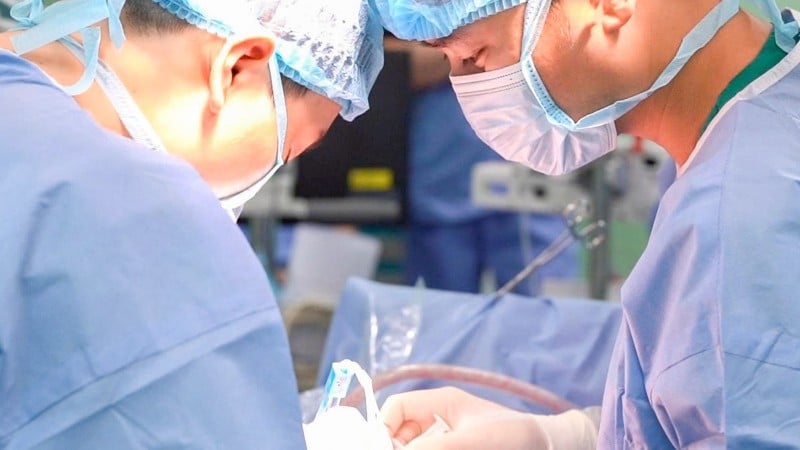
Applying advanced world technology at the National Children's Hospital
In September 2025, doctors at the National Children's Hospital successfully performed the first selective dorsal nerve root resection surgery for a child with spastic cerebral palsy in both lower limbs. This is a complex technique, requiring close coordination between Neurosurgery, Neuroelectrology and Rehabilitation. Each child is comprehensively assessed for motor status, spasticity level and electromyography before surgery is indicated.
Specialist II Doctor Le Nam Thang - Head of the Department of Neurosurgery, Deputy Director of the Neurology Center, National Children's Hospital said that in surgery, doctors approach the spinal cord by opening a small part of the posterior arch of the lumbar vertebrae to expose the sensory nerve roots.
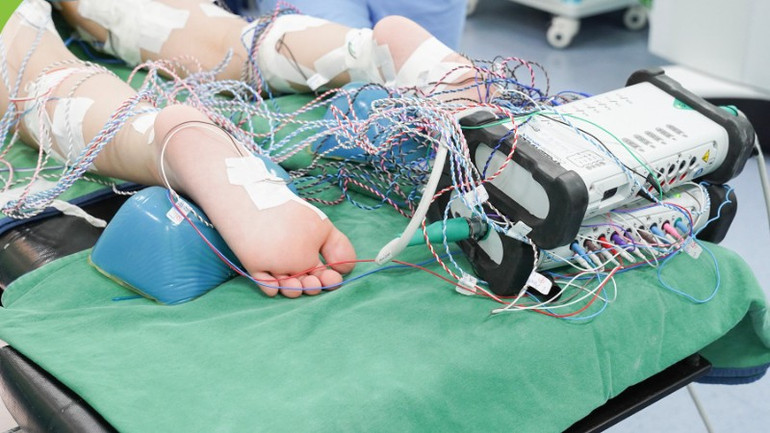
At the same time, the neuro-electrophysiological technique was deployed, each nerve root was electrically stimulated, the response signals of the corresponding muscle groups were recorded directly on the specialized machine system. Thanks to that, the surgical team accurately determined which nerve roots caused the stiffness to cut off while still retaining the patient's full motor and sensory functions.
Master, Doctor Nguyen Thi Thao, Department of Neurological Function Exploration, Neurology Center, National Children's Hospital shared that neuroelectrology not only helps to accurately determine the pathological nerve roots that need to be cut, but also plays an important role in preserving the nerve roots that control the sphincter muscles. Thanks to that, the patient's post-operative spasticity is reduced but the post-operative sensory-motor disorders are minimized, especially while still completely preserving bowel and bladder functions.
"This is a major step forward compared to previous non-selective root cutting techniques," said Dr. Thao.
Under the care and direction of the Hospital's Board of Directors, the Neurology Center has established a multidisciplinary working group including Rehabilitation, Neurosurgery and Neurological Function Testing to develop a plan, perfect the technical process through the professional council and select suitable pediatric patients.
One of the important steps is human resource training. In 2024, the Neurology Center doctors participated in an intensive training course on selective dorsal rhizotomy under the guidance of neuroelectrophysiology at the Children's Hospital of Alabama (USA). Thanks to these thorough preparations, the doctors were professionally and technically ready and confident to enter the first surgery.
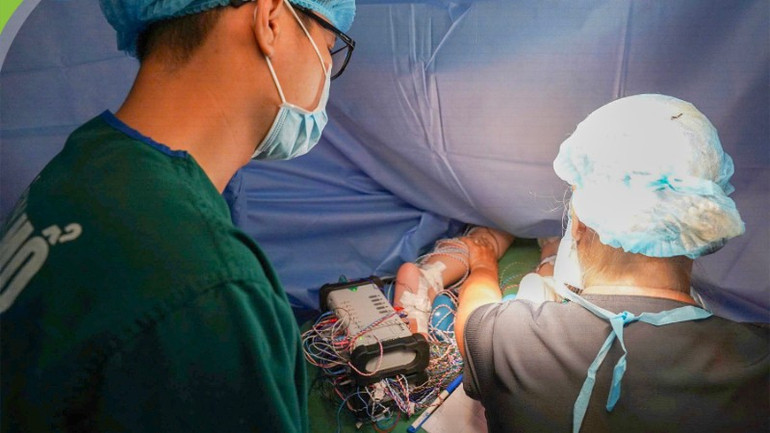
Dr. Cao Vu Hung - Director of the Neurology Center, National Children's Hospital emphasized that the successful implementation of selective dorsal nerve root resection surgery not only opens up a new treatment direction for children with spastic cerebral palsy, but also affirms the capacity of the National Children's Hospital in mastering advanced techniques in Neurology and Rehabilitation.
"This creates a foundation for us to continue expanding treatment for many other children with cerebral palsy, and confidently deploy many specialized techniques in the future," Dr. Hung shared.
Opening up new life for cerebral palsy patients
Cerebral palsy is a group of permanent disorders of motor and postural development that cause limitations in activity due to non-progressive brain damage that occurs during fetal or early childhood development. The motor disorders of cerebral palsy are often accompanied by sensory, cognitive, communication and behavioral disorders, seizures and secondary musculoskeletal problems.
According to doctors, treatments such as rehabilitation, orthopedic braces or muscle relaxants bring significant improvement to children, but do not optimally address mobility.
Selective dorsal rhizotomy has been implemented in many major neurological centers around the world to manage spasticity, creating the best conditions for rehabilitation. And it took the National Children's Hospital nearly a year to implement this method.
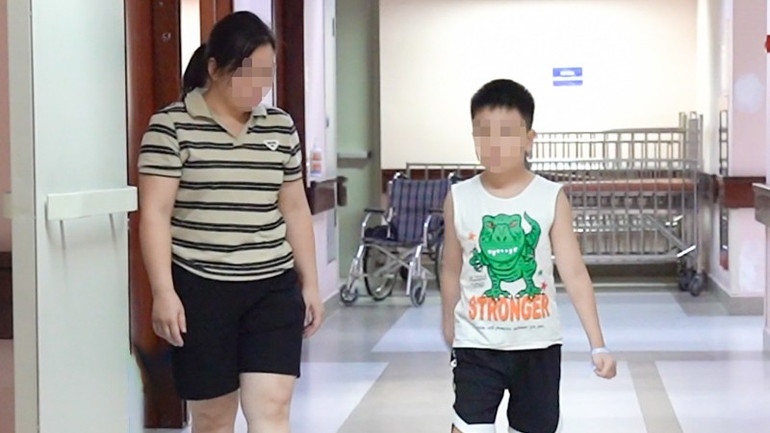
After surgery, post-operative rehabilitation exercises are the key for children to achieve significant motor improvement.
Specialist Doctor I Tran Vinh Son - Deputy Head of the Department of Rehabilitation, National Children's Hospital said that after surgery, children are put on a special training program, continuously for many months. In the first 4 weeks, the main goal is to control pain, maintain joint mobility and prevent deformities. After this period, a comprehensive rehabilitation program will be implemented, helping children gradually improve muscle strength, balance and coordination.
Behind the success of the surgery is the story of many years of perseverance of the boy NP (8 years old, in Ninh Binh ) and his family. Since he was a child, he was discovered to walk on tiptoe and often tripped. His parents took him to the doctor and he was diagnosed with spastic cerebral palsy.
Baby NP has been wearing a brace and practicing rehabilitation nonstop for the past 7 years. This surgery was a big turning point for the patient. After only a few weeks, the stiffness was significantly reduced, baby NP could stand and walk on his own - something the family had only dared to dream of before.
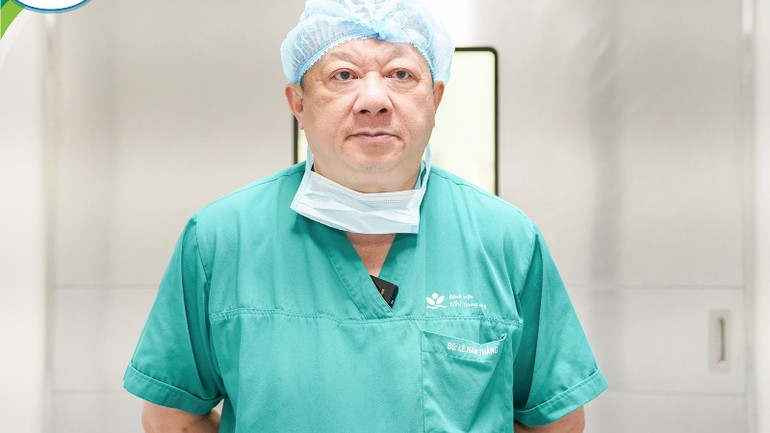
"Seeing my child being able to walk and stand on his own, I was deeply moved. Many times we were discouraged because we saw him having difficulty in even the smallest activities from walking, bathing, and studying. But thanks to the encouragement of the doctors of the Rehabilitation Department and the love for him, my family has persevered for many years. Thank you to the doctors of the Neurology Center and the Rehabilitation Department for their dedication in helping my child throughout the long journey," the patient's mother shared.
The first selective dorsal rhizotomy at the National Children's Hospital not only provided mobility opportunities for NP patients, but also opened up a new direction in treating cerebral palsy in children in Vietnam.
Source: https://nhandan.vn/benh-nhi-bai-nao-co-cung-hai-chi-co-co-hoi-van-dong-nho-trien-khai-ky-thuat-moi-post917937.html



![[Photo] National Assembly Chairman Tran Thanh Man receives United Nations Secretary-General Antonio Guterres](https://vphoto.vietnam.vn/thumb/1200x675/vietnam/resource/IMAGE/2025/10/25/1761390815792_ctqh-jpg.webp)
![[Photo] Prime Minister Pham Minh Chinh receives United Nations Secretary-General Antonio Guterres](https://vphoto.vietnam.vn/thumb/1200x675/vietnam/resource/IMAGE/2025/10/25/1761390212729_dsc-1484-jpg.webp)


![[Photo] Prime Minister Pham Minh Chinh and United Nations Secretary-General Antonio Guterres attend the Press Conference of the Hanoi Convention Signing Ceremony](https://vphoto.vietnam.vn/thumb/1200x675/vietnam/resource/IMAGE/2025/10/25/1761391413866_conguoctt-jpg.webp)
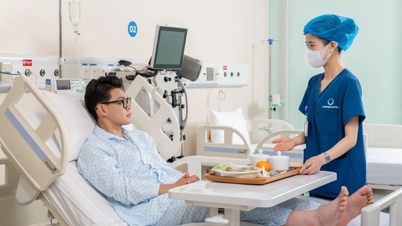
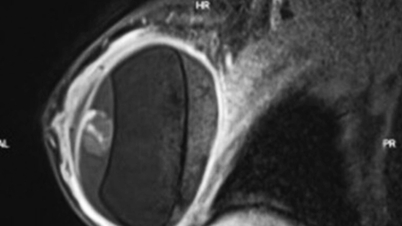





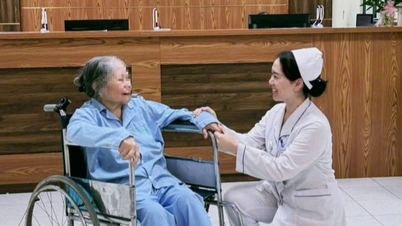
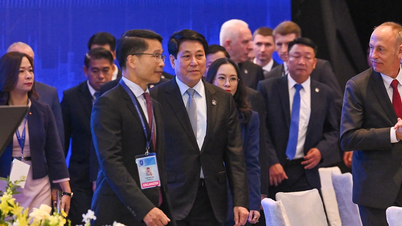





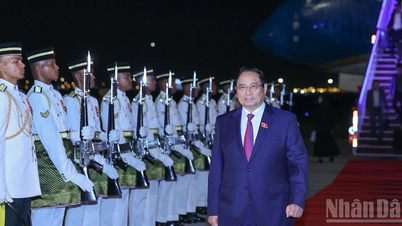
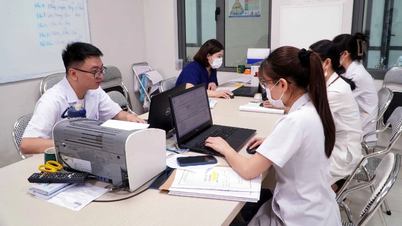
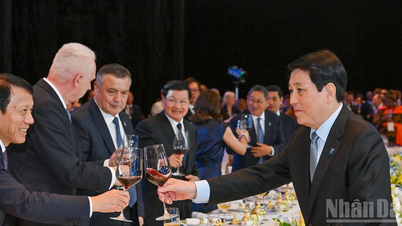
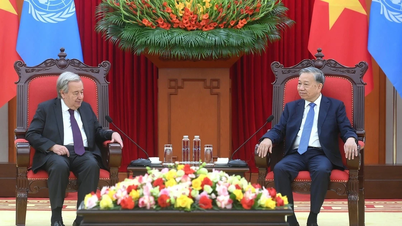
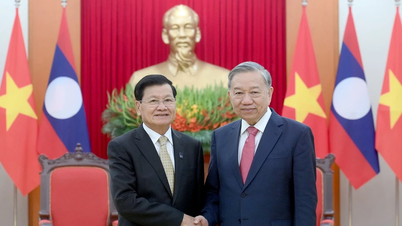
![[Photo] General Secretary To Lam meets with General Secretary and President of Laos Thongloun Sisoulith](https://vphoto.vietnam.vn/thumb/1200x675/vietnam/resource/IMAGE/2025/10/25/1761380913135_a1-bnd-4751-1374-7632-jpg.webp)
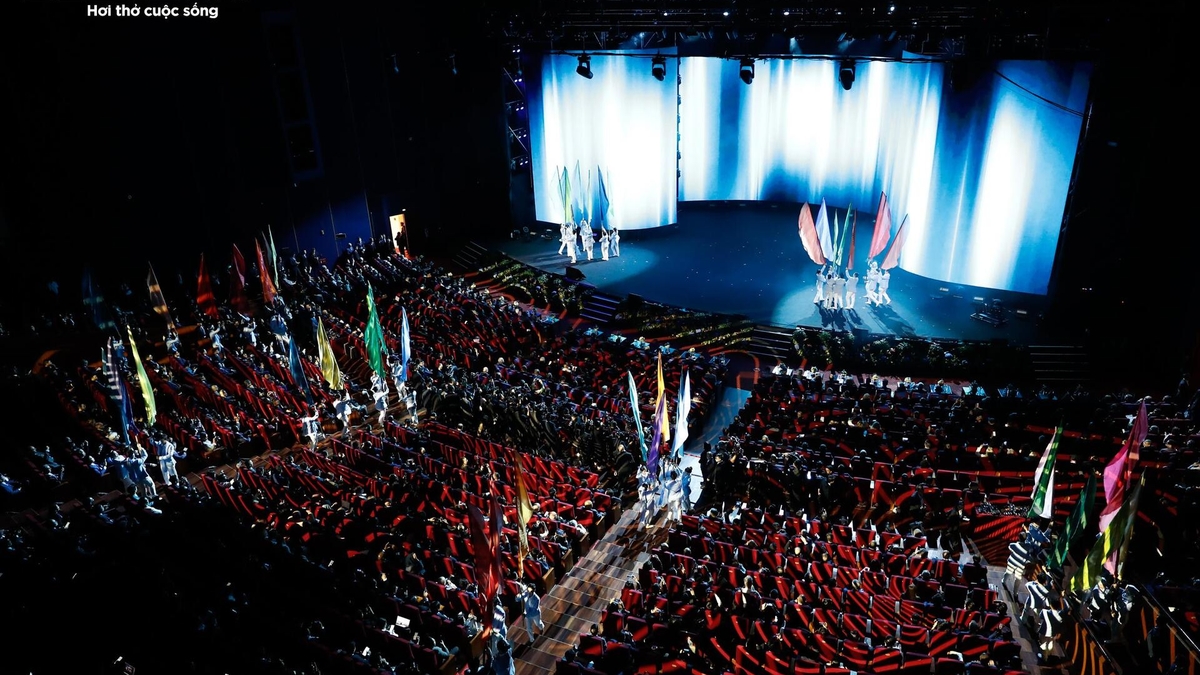










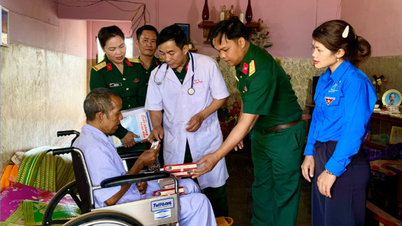
























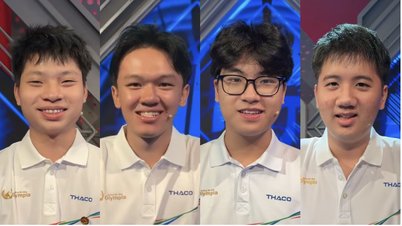

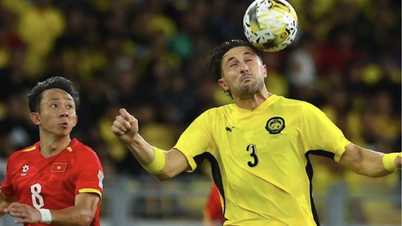
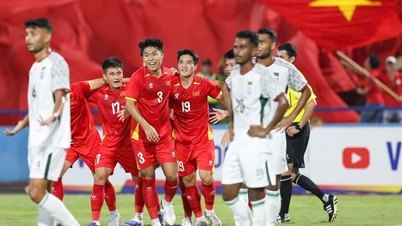
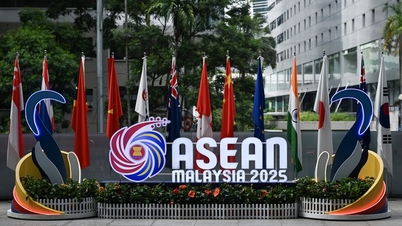
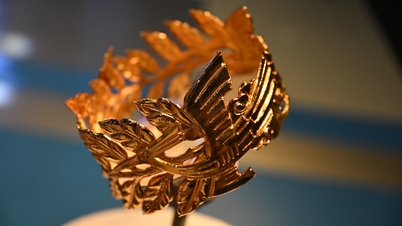
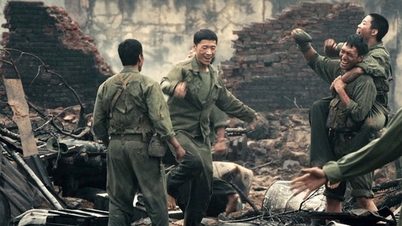
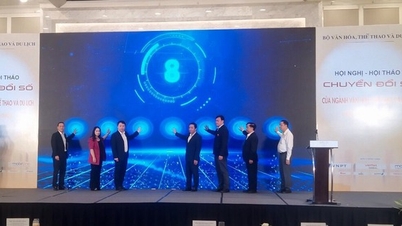
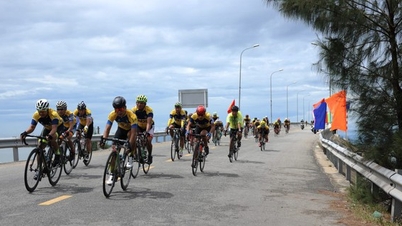
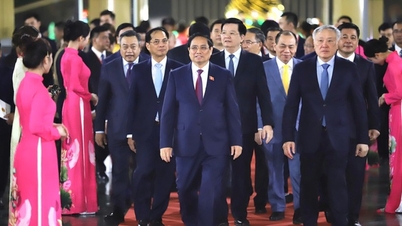
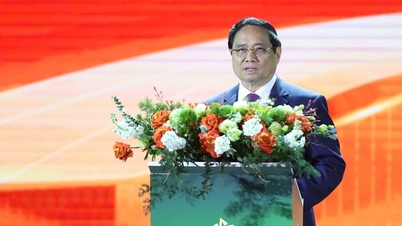
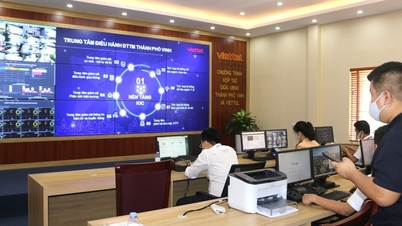

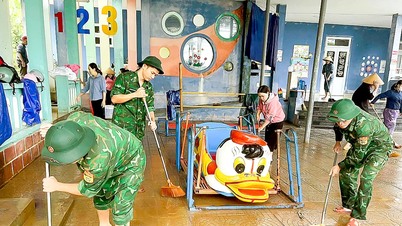

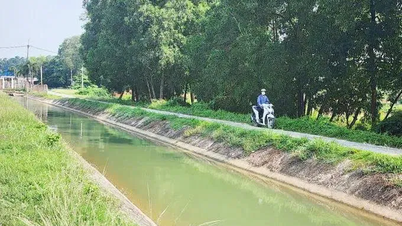
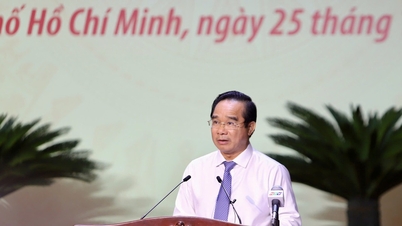


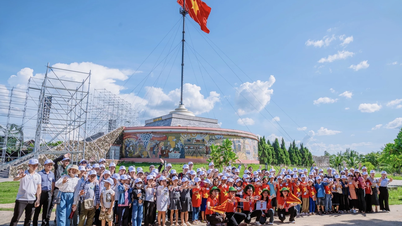

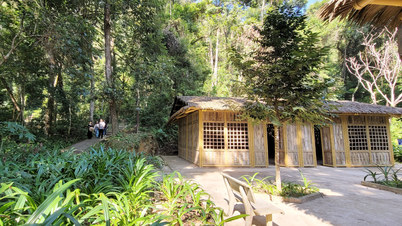
















Comment (0)